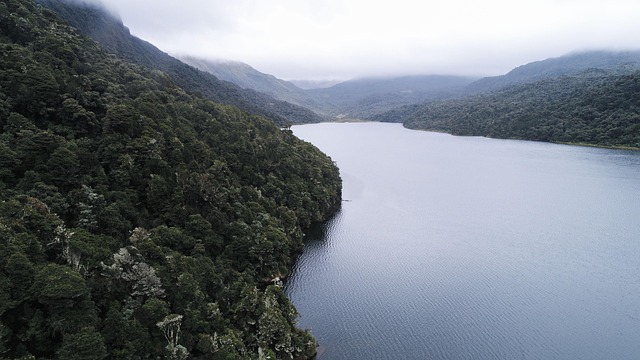Mexico's robust economy makes it an attractive real estate investment destination. Strategic commercial property investments along key trade routes like highways drive economic development and unlock untapped potential for investors. The ongoing development of a highway route is impacting the region's property landscape, boosting land values and creating opportunities for developers in both commercial and residential sectors. Investing in borderland regions offers compelling opportunities for sustainable economic growth tailored to unique community needs.
“Unveiling the economic heartland of Mexico, the Highway Trade Route has transformed into a vibrant corridor shaping real estate landscapes. This article delves into the intricate relationship between trade and property markets along the border. From exploring lucrative real estate opportunities in Mexico to understanding the ripple effects on local communities, we dissect the dynamics of investing in borderlands. Whether for commercial or residential purposes, the evolving nature of this route presents both challenges and substantial gains for savvy investors.”
Exploring Mexico's Economic Gateway Through Real Estate

Mexico’s vibrant economy has made it an attractive destination for foreign investors, particularly in the real estate sector. The country’s robust growth and expanding market offer lucrative opportunities for those seeking to establish a presence or expand their business within the region. Exploring Mexico’s real estate landscape is akin to unlocking a gateway into a thriving economic hub.
Investments in commercial properties along key trade routes, such as highways, can significantly contribute to the nation’s economic development. These strategic locations facilitate efficient logistics and transportation, fostering business growth and attracting foreign capital. As a result, real estate becomes a powerful tool for navigating Mexico’s dynamic market, enabling investors to capitalize on its untapped potential.
The Impact of Trade Routes on Local Real Estate Markets

Trade routes have historically played a pivotal role in shaping local economies and, consequently, their real estate markets. The establishment of a highway trade route to Mexico has already begun to leave its mark on the region’s property landscape. As commerce increases along this corridor, we can expect to see a surge in demand for commercial properties, particularly those located near major intersections and rest stops. This increased activity will drive up land values and potentially create new opportunities for developers.
Additionally, residential areas situated along these routes may experience gentrification as businesses seek prime locations. As a result, nearby neighborhoods could see a rise in property prices and an influx of new residents. The impact on local Real Estate markets is expected to be significant, with both commercial and residential sectors undergoing transformations driven by the expanding trade route.
Investing in Borderlands: Opportunities and Considerations

Investing in borderlands presents a unique set of opportunities for real estate developers, especially with Mexico’s growing economy and expanding market. The strategic location of these regions offers easier access to both domestic and international markets, making them attractive for commercial and residential projects. With a strong demand for housing, retail spaces, and industrial facilities along the Mexico-US border, investors can capitalize on the increasing cross-border trade and tourism.
However, considerations are crucial before diving into these ventures. Border areas often face infrastructure challenges, regulatory complexities, and potential market fluctuations. Developers must carefully assess local zoning laws, environmental impact, and cultural sensitivities to ensure successful projects that cater to the unique needs of border communities while adhering to sustainability practices and promoting economic growth.






